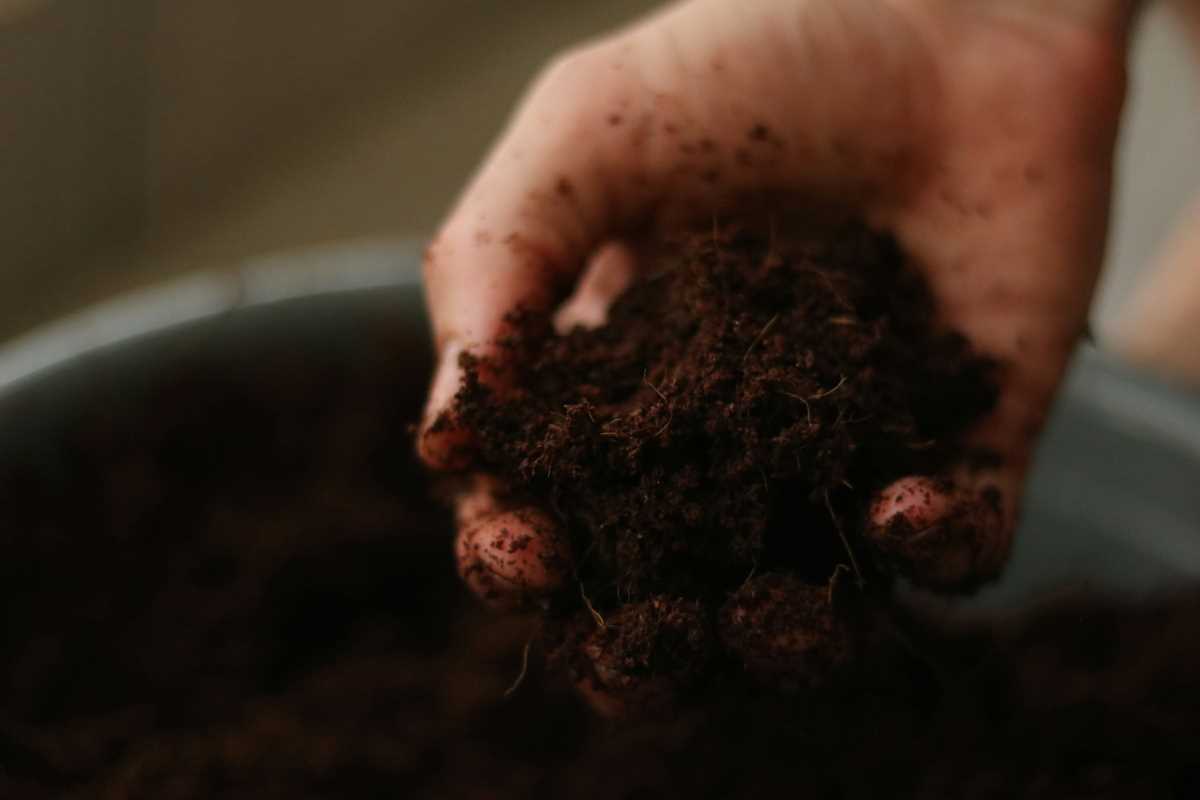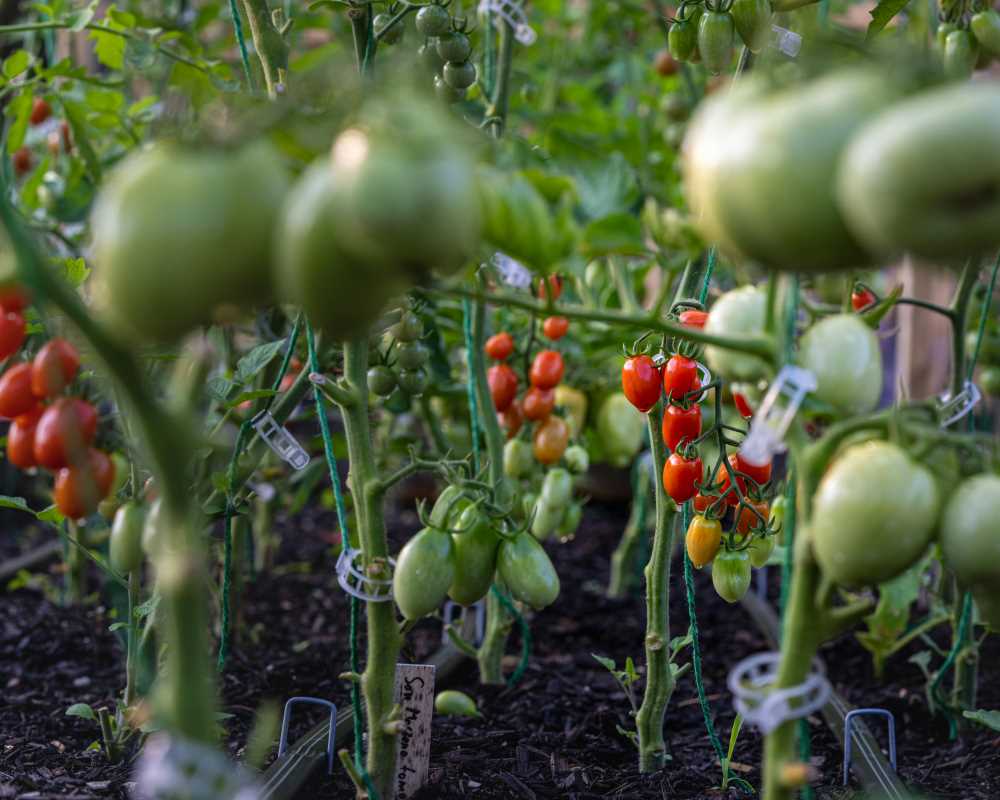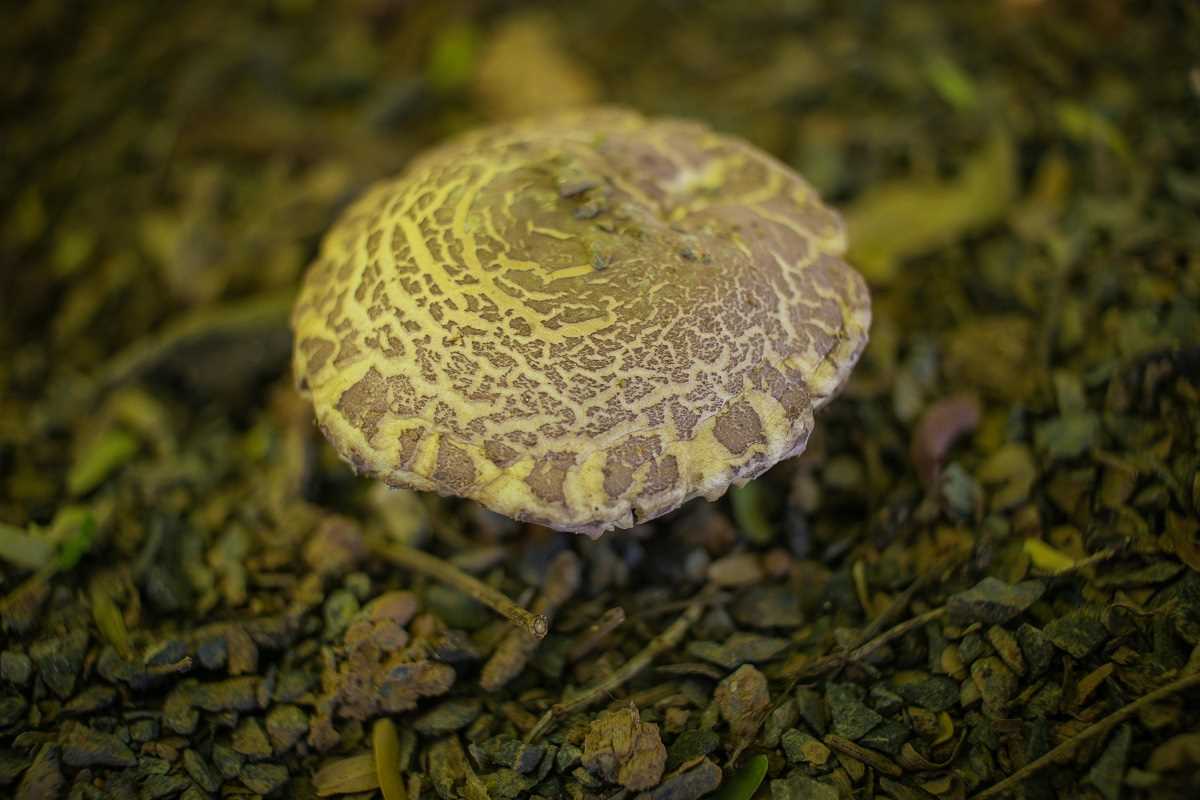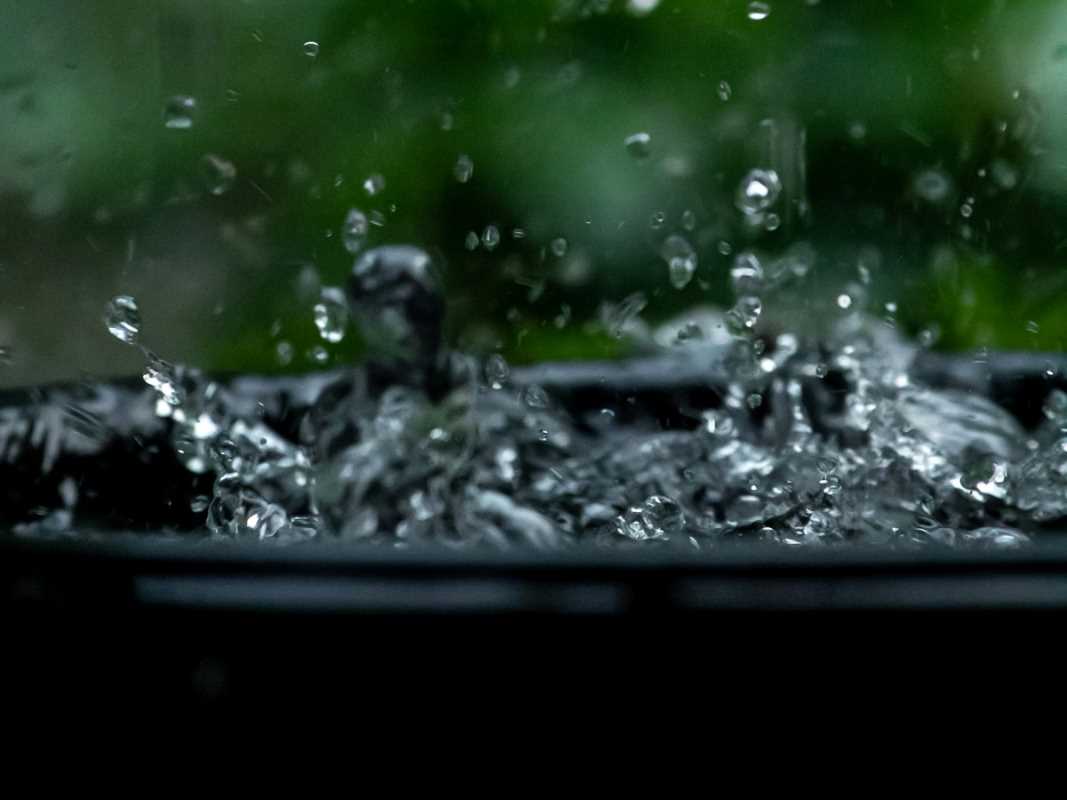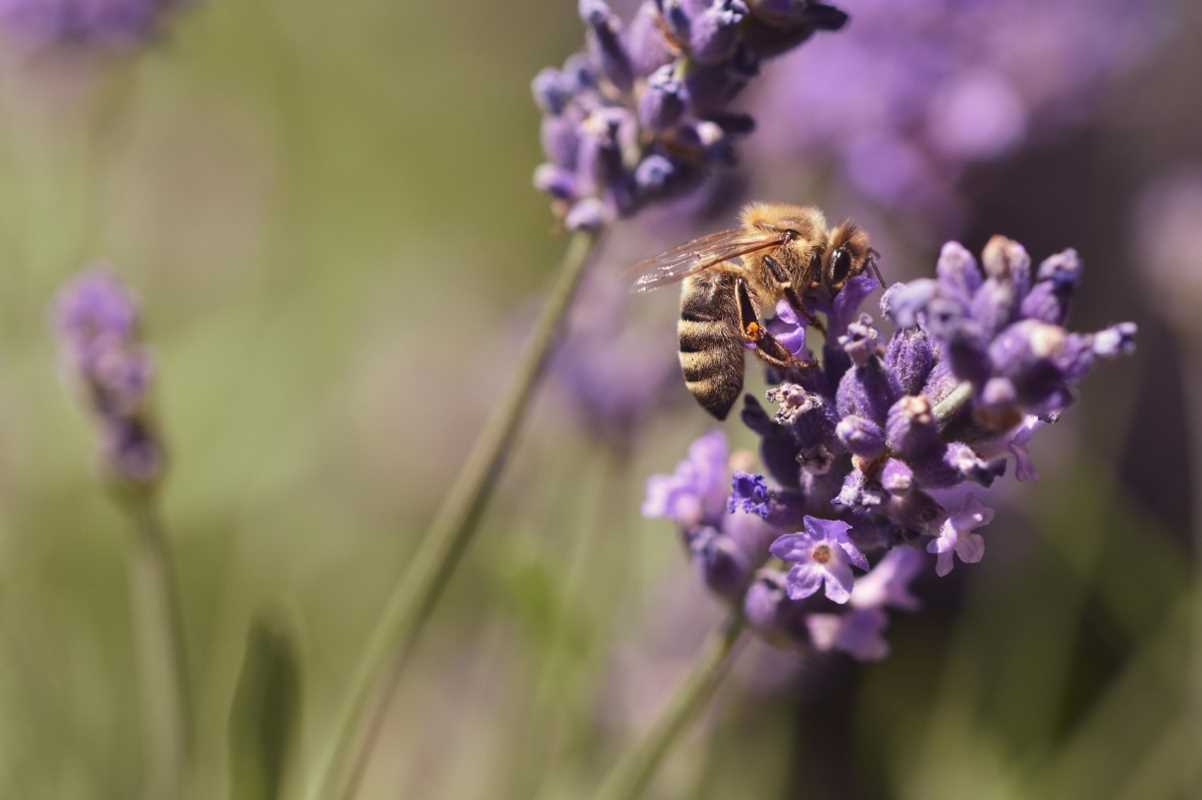There’s something wonderfully satisfying about growing your own herb garden. Picture freshly picked basil leaves to top your homemade pizza or sprigs of rosemary infusing your roasted vegetables. Herb gardening is not only rewarding but also practical, as it gives you easy access to fresh, flavorful ingredients right at home.
Whether you have a spacious backyard or a cozy apartment, you can grow your own herb garden from scratch. This comprehensive guide covers everything you need to know, from choosing the right herbs to harvesting and maintaining your garden.
Why Start an Herb Garden?
Starting an herb garden comes with plenty of benefits. For one, fresh herbs are far superior in flavor and fragrance compared to store-bought varieties. Growing your own also saves money over time and gives you full control over the quality and care of your plants.
Additionally, herbs are versatile and low-maintenance, making them perfect for beginner gardeners. They don’t require much space, which means you can grow them on a windowsill, balcony, or in your backyard.
Step 1. Select the Right Herbs
Choosing which herbs to grow depends on your needs and gardening environment. Here are a few questions to guide you:
- What do you cook most often? If you love Italian cuisine, consider basil and oregano. For teas and desserts, mint and lavender are great choices.
- Do you have ample sunlight? Most herbs require 6–8 hours of sunlight daily, but some, like parsley and mint, tolerate partial shade.
Popular Herbs for Beginners:
- Basil: Great for salads, sauces, and garnishes.
- Mint: Easy to grow and perfect for teas and desserts.
- Thyme: A hardy, aromatic herb often used in cooking.
- Parsley: Doubles as a garnish and a flavor enhancer.
- Chives: Adds a mild onion flavor to dishes.
- Cilantro: A staple in salsas and curries.
Start with herbs you know you’ll use and experiment with others as you grow more confident.
Step 2. Choose the Perfect Spot
Your herb garden’s success largely depends on its location. Herbs are sun lovers, so the key is to find a spot where they’ll receive ample light.
For Outdoor Gardens:
- Choose a sunny area that’s sheltered from strong winds.
- Ensure the soil has good drainage, as herbs dislike waterlogged roots.
For Indoor Gardens:
- Place your herbs on a sunny windowsill, preferably south-facing.
- If natural light is limited, consider investing in grow lights to provide adequate illumination.
With the right location, your herbs will get the light and protection they need to thrive.
Step 3. Get the Right Tools and Supplies
Gardening doesn’t require a lot of fancy equipment, but having the basics makes the process easier and more enjoyable.
Essentials for Herb Gardening:
- Containers: For indoor gardens, use pots with drainage holes. Outdoor gardeners can plant directly in the soil or raised garden beds.
- Trowel: Handy for digging and transplanting.
- Watering Can: Use one with a gentle spout to avoid damaging delicate plants.
- Plant Markers: Label herbs to keep track of what you’re growing.
- Organic Soil: Choose nutrient-rich potting soil for herbs in containers or improve outdoor soil with compost.
Starting with quality tools and organic materials ensures a smooth beginning for your herb garden.
Step 4. Prepare the Soil
Healthy soil is the foundation of a productive herb garden. Most herbs prefer well-draining, slightly sandy soil that isn’t packed too tightly.
For Outdoor Gardens:
- Test your soil to check its pH (herbs prefer pH 6.0–7.5), and amend it as needed.
- Mix in compost or organic matter to improve drainage and add nutrients.
For Indoor Gardens:
- Use a high-quality potting mix designed for container gardening. Avoid heavy garden soil, which can become compacted in pots.
- Add a layer of small pebbles at the bottom of the pot for better drainage.
Preparing the soil properly ensures your herbs will grow strong and healthy.
Step 5. Plant Your Herbs
Once your soil is ready, it’s time to plant! You can start with seeds or young plants from a nursery, depending on your experience level and patience.
Planting Tips:
- Spacing: Check the recommended spacing for each herb and don’t overcrowd plants to allow air circulation.
- Depth: Plant seeds according to their recommended depth, usually 1–2 times the seed’s diameter.
- Transplanting: If using young plants, gently loosen the roots before placing them in the soil to encourage growth.
After planting, water the soil gently and place your herbs in their designated sunny spot.
Step 6. Care for Your Herb Garden
Taking care of your herb garden is simple and won’t take much time. With consistent watering, occasional pruning, and proper maintenance, your garden will flourish.
Watering:
- Water herbs in the morning to allow leaves and soil to dry before nighttime.
- Avoid overwatering. Check that the top inch of soil is dry before watering again.
Pruning:
- Regularly trim herbs to promote bushier growth and prevent them from becoming woody.
- Remove flowers if you want to extend the plant’s growing season. For example, cutting basil flowers encourages more leaf production.
Feeding:
- Use organic plant-based fertilizers sparingly, as herbs don’t need heavy feeding.
A little attention each week will go a long way in keeping your herb garden lush and productive.
Step 7. Harvest and Enjoy
One of the most rewarding aspects of growing herbs is harvesting them for your culinary and therapeutic needs. Knowing when and how to harvest can enhance both the flavor and growth of your herbs.
Harvesting Tips:
- Harvest in the morning, when the herbs are most fragrant.
- Always leave enough foliage for the plant to continue photosynthesizing. A general rule of thumb is to take no more than 1/3 of the plant at a time.
- Use sharp scissors or pruning shears to avoid damaging stems.
Freshly harvested herbs can be used immediately or dried for later use. Simply hang small bundles upside down in a cool, dry place to preserve their goodness.
Optional Step: Experiment with Creative Arrangements
Herb gardens can be as beautiful as they are practical. Consider experimenting with creative layouts and containers to personalize your herb garden.
Ideas for Inspiration:
- Use vertical wall planters to save space in small areas.
- Class up your indoor herb garden with decorative pots or ceramic containers.
- Mix flowers and herbs for a colorful outdoor display that attracts pollinators.
Customizing your herb garden makes the experience even more enjoyable and uniquely yours.
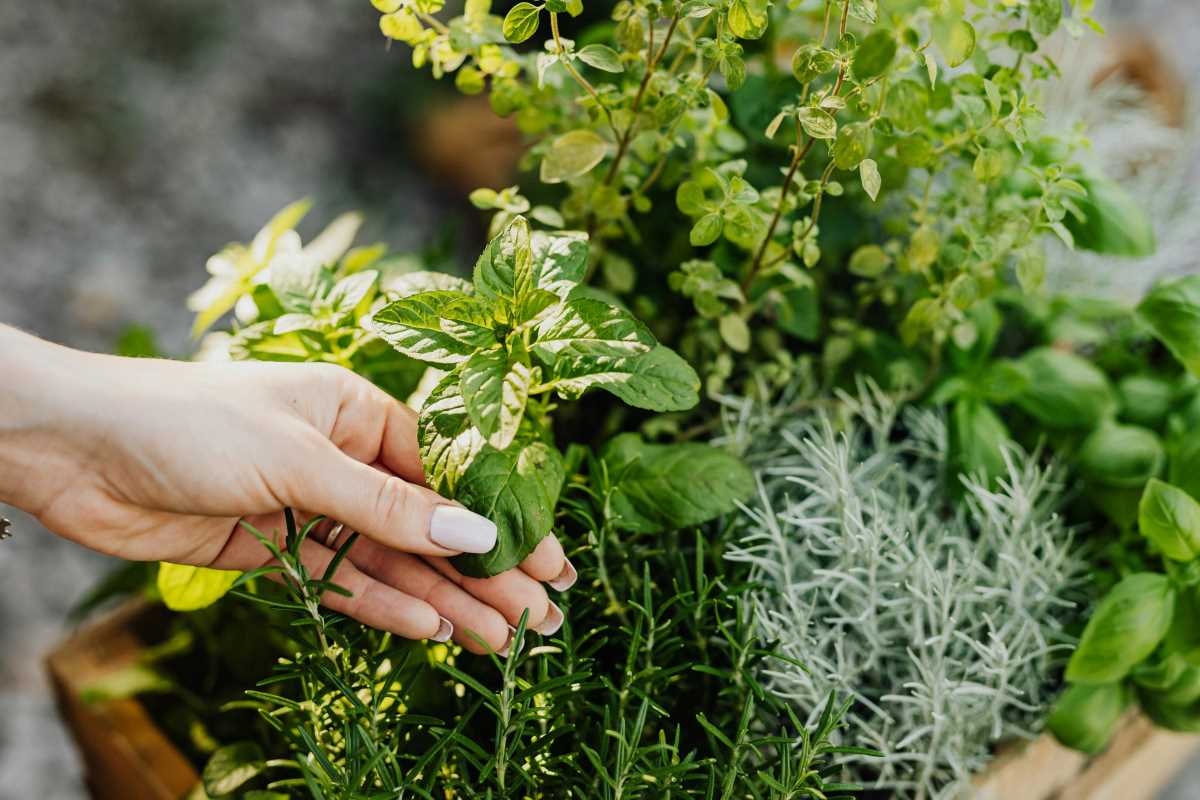 (Image via
(Image via